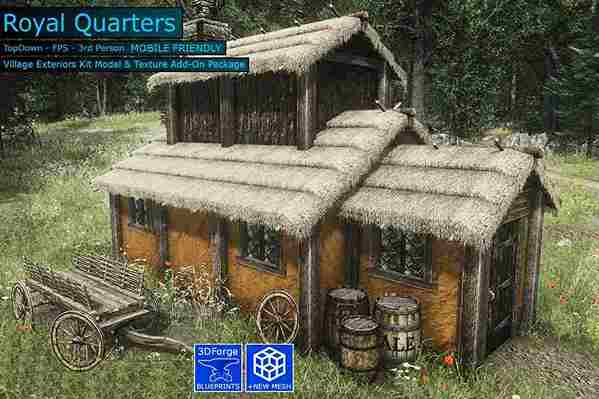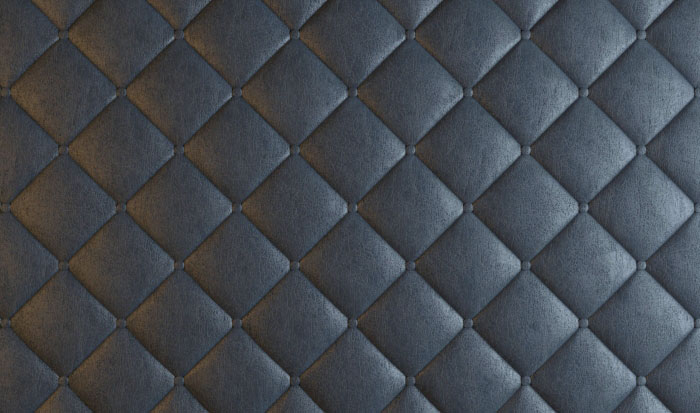

The Shiny material, however, uses a specular shader and comes with properties for specular color and shininess. Notice how they each have a base texture, main color, tilling and offsets, and a preview of the material (blank now because there is no texture).

Figure 3.6 shows two materials with different shaders selected. Give your material some descriptive name and you are done. Then right-click the folder and select Create > Material. To create a new material, start by making a Materials folder. Most of the customization of materials depends on which shader is chosen for it, although all shaders have some common functionality. MaterialsĪs mentioned earlier, materials are not much more than containers for shaders and textures that can be applied to models. The shader took something and made it look a little different without actually changing it. It still is made of the same substance (wood). Now take that piece of wood and pour water on it. The physicality of the wood is its mesh the color, texture, and visible element are its texture. If you are having trouble understanding how a shader works, consider this scenario: Imagine you have a piece of wood. In fact, much of the information to be learned about materials is actually about the material’s shader. Much of the information about shaders is covered later this hour, because you cannot create a shader without a material. This might seem nonsensical right now, but later when we create materials you will begin to understand how they work.

Here’s another way to look at this: A material contains properties and textures, and shaders dictate what properties and textures a material can have. If the texture of a model determines what is drawn on its surface, the shader is what determines how it is drawn. If you want to avoid this issue, use textures specifically designed for (unwrapped for) the model that you are using. The model has no idea which way is correct, so it applies the texture however it can. This problem occurs when you take a basic rectangular 2D texture and apply it to a model. Just know that this is not a mistake or an error.

You might notice that the textures warp a bit or get flipped in the wrong direction. Later in this hour, you will apply some textures to models.


 0 kommentar(er)
0 kommentar(er)
